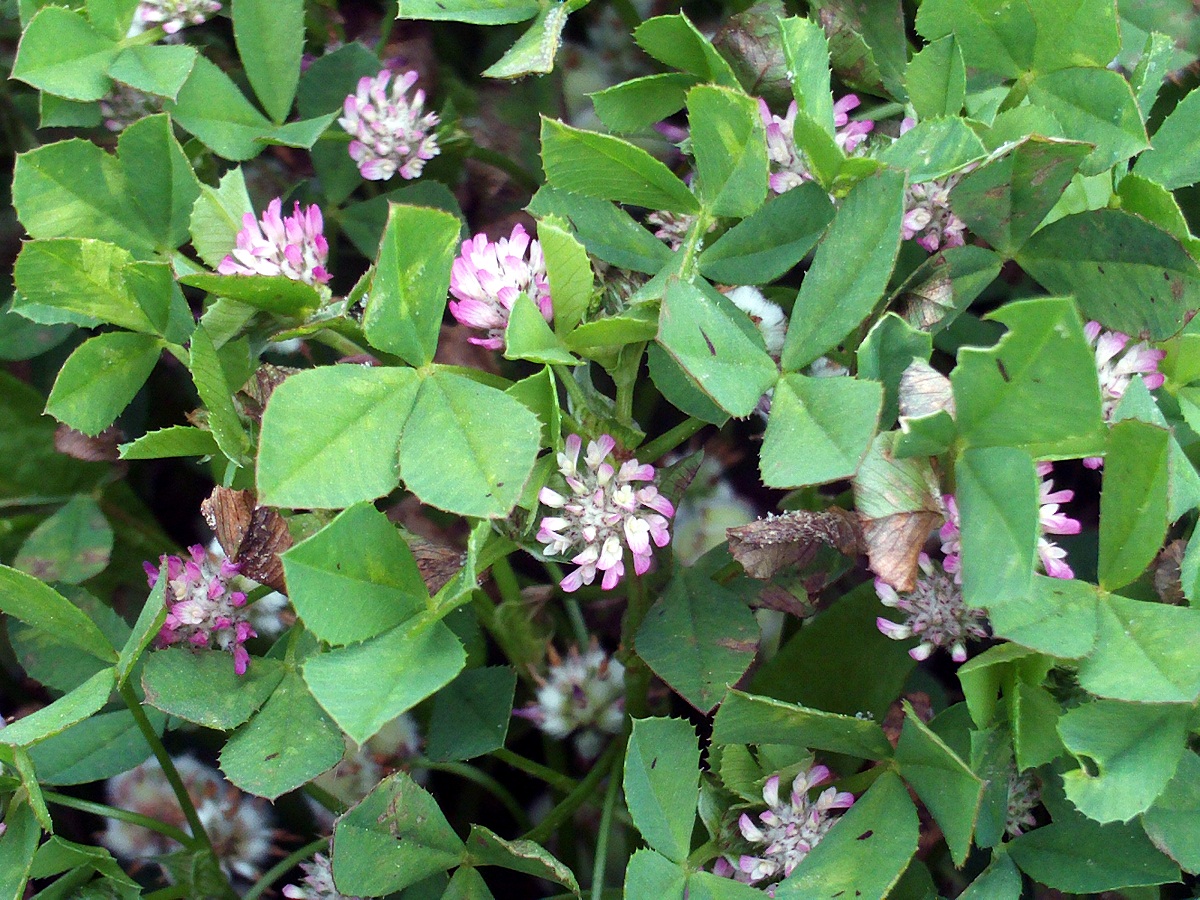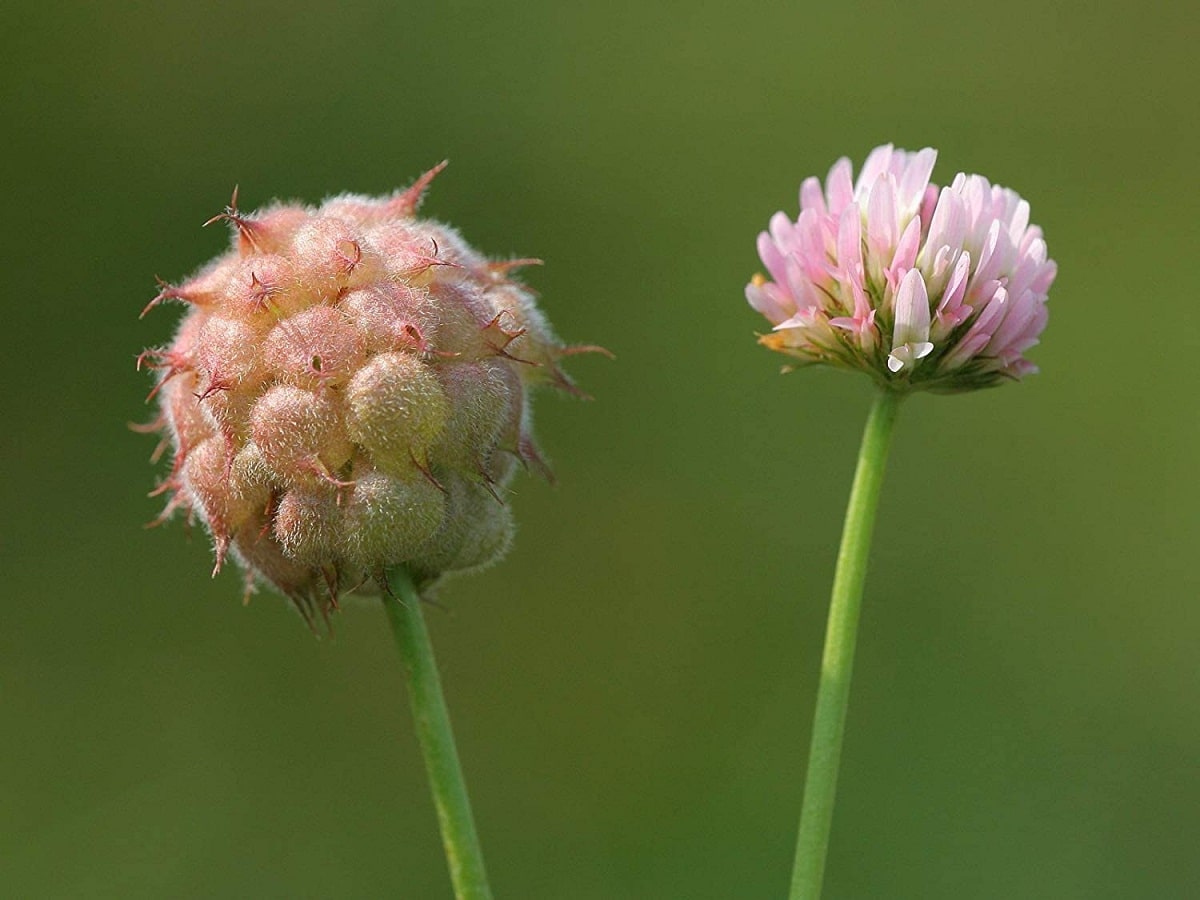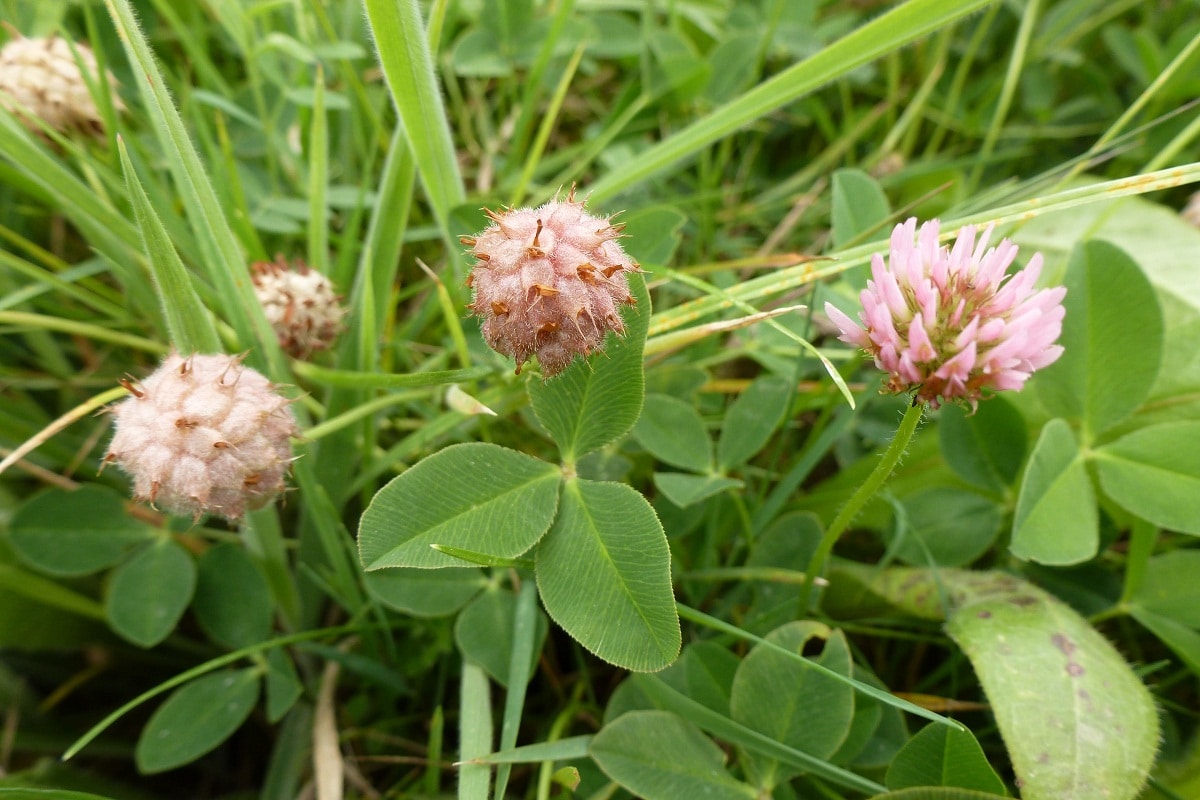
trifolium fragiferum or also known under the name of strawberry clover, it is a legume-like plant that has three elliptical leaves and in some cases, oval. The plant is characterized visually in terms of its leaves for having an alternate structure. It seems unbelievable, but this plant has some practical uses.
Today we will present the highlights of this plant, so you can know the essentials of the trifolium fragiferum and how to recognize it. Try to stay until the end and read all about the strawberry clover.
Strawberry clover basics

This plant usually looks very similar to creeping clover. This is one of the reasons why the trifolium fragiferum with the plant already mentioned. However, there are certain differences at a visual level that can help a lot to identify what type of plant it is.
To begin with, this plant is native to the Mediterranean. Although it is also usually found in various provinces of Spain. The volume of strawberry clover in different provinces varies greatly. Just as there will be places with an abundance of trifolium, there will be parts that there will not be so much density.
The plant is often seen a lot in places where the drainage system is very poor and deficient. It is this detail that makes the strawberry clover emerge and begin to spread, although those places with characteristic Mediterranean climates greatly influence the growth of this.
Environmental adaptation capacity
Although it does not have to specifically need a climate similar to the Mediterranean. As long as there is a certain level of edaphic humidity, the plant will be able to survive droughts. On the other hand, clover is very weak in cold temperatures.
When he understands himself enough, his reach reaches to the Mediterranean soil. The characteristics that it possesses make it highly resistant to high temperatures, but it should be noted that it is one of the many plants that manages to withstand an atmospheric drought very well.
Likewise, its adaptability is such that it can adapt to irrigation. It is even thought that it is much more resistant and / or effective than white clovers.
Characteristics of the soil where the trifolium fragiferum
Each plant can grow as long as there are certain unique nutrients and characteristics in the soil. In the case of trifolium fragiferum, needs a soil with silty characteristics and with a good amount of bases. Although studies have shown that it can tolerate oligopolic grounds very well.
Likewise, it has a high capacity to adapt to soils with clay material and heavy materials.. This makes the plant capable of living in waterlogged ground.. However, it has the characteristics that other or very few plants have.
It is about the possibility of being able to live in a land with high amounts of salts. Although this is already something typical of leguminous plants, since the plant requires a lot of phosphorus and potassium.
Nutrients and / or elements found in soils with a lot of salinity. An important aspect to highlight is that the plant has an excellent response when given compost that contains the elements already mentioned.
Uses

It is a plant that does not usually produce high amounts of grass. Basically the amount is very little or almost zero. On the other hand, it is widely used for feeding livestock.. Specifically it is used to feed animals such as sheep, this is thanks to the fact that it has a low amount of carbohydrates which makes it a viable alternative for feeding this specific animal.
In general, it is usually planted and sown in conjunction with other species. The main reason for this is due to its adaptability to conditions that have already been described above.
Basically this is what makes this plant stand out the most. As for the uses as such, it will depend a lot on the species in question. This is not the only one. There are many more with similar characteristics, but in general, their use is oriented to livestock feeding and forage production.